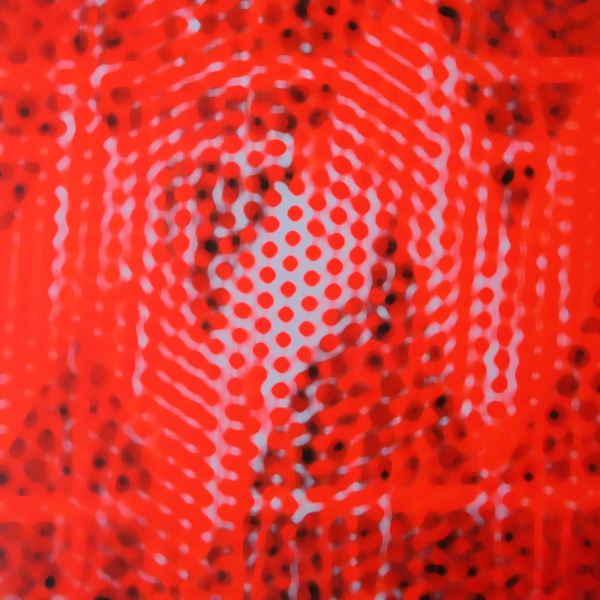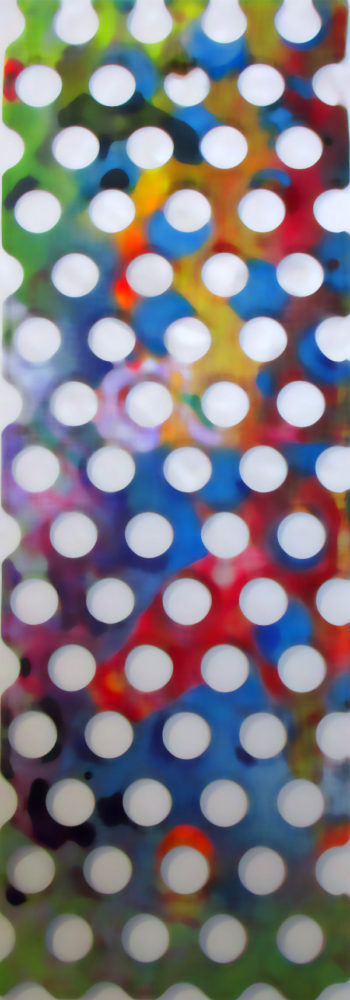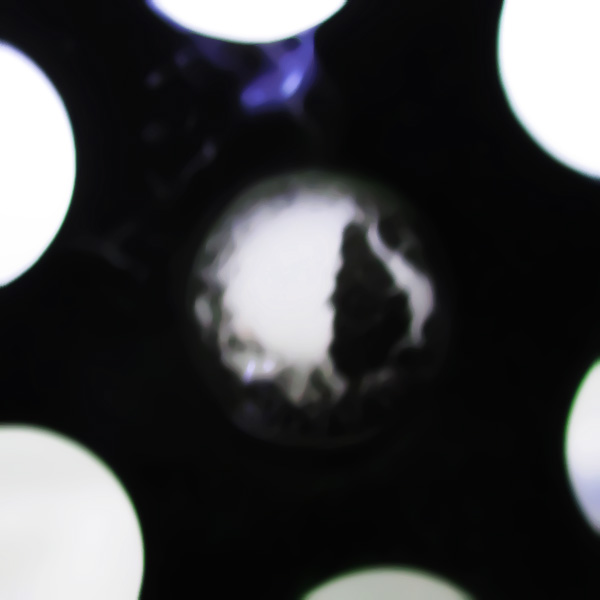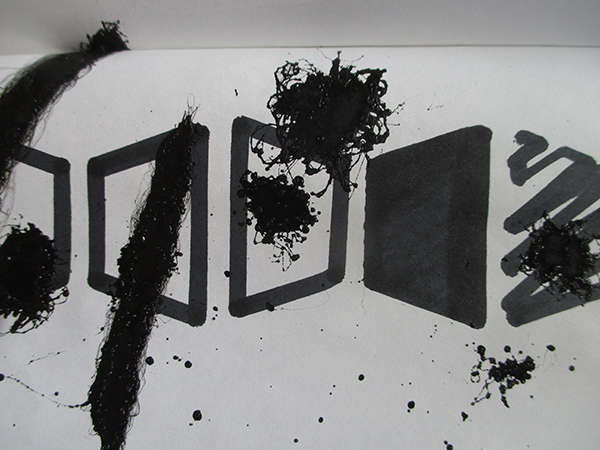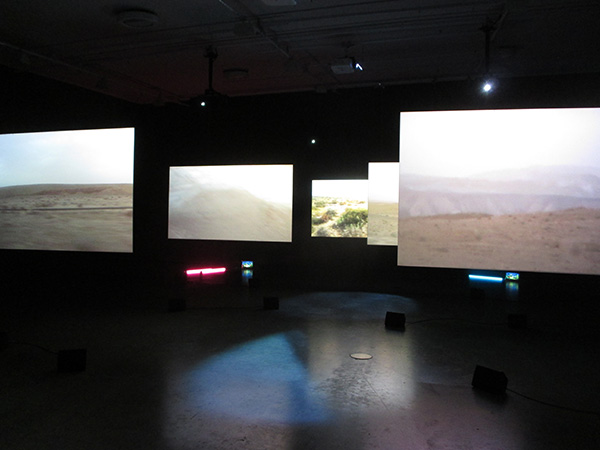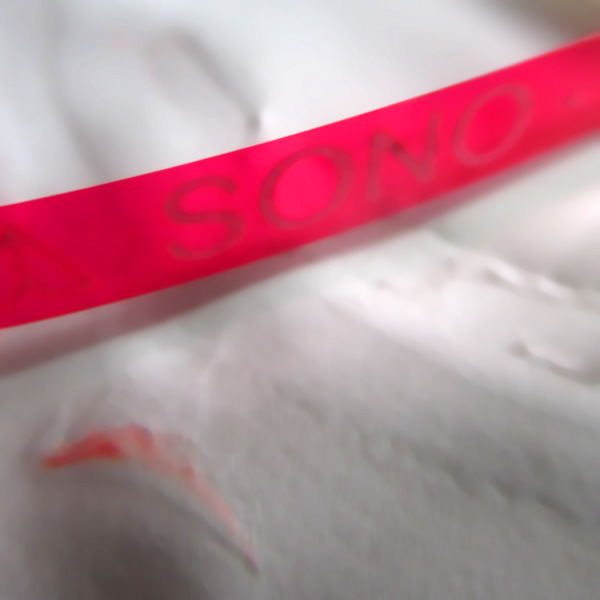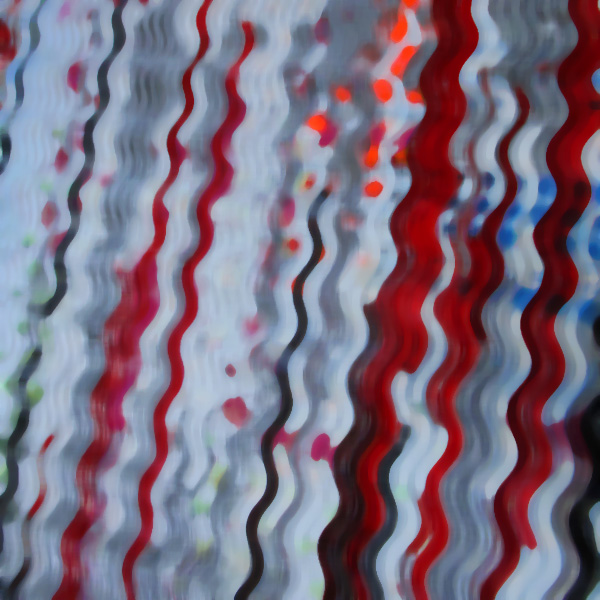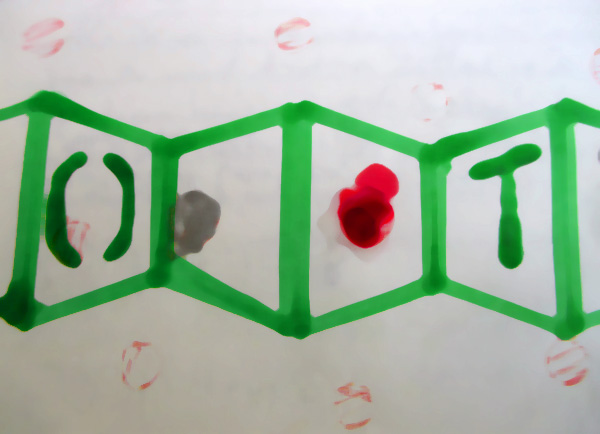Akerman
In Eye is de tentoonstelling Chantal Akerman Passages te zien. Film als film bedoeld. Voor een actieve kijker is er veel te zien. Op de website staat niet tot hoe lang de expostie duurt maar wacht niet te lang.
Warum? Warum nicht?
Deze vraag kwam ik tegen in een video in de Nam June Paik expositie in het Stedelijk.
Een paar dagen eerder, bij het lezen in Breast and eggs van Mieko Kawakami, maakte ik de notitie: WAAROM, WAARTOE OF HOE?
Waarom schrijven; waarom kinderen produceren; waartoe beeldende kunst maken.
Is de waarom/waartoe vraag relevant? Waarom nóg een schilderij? Of welk schilderij? Hoe te schilderen?
De waarom vraag leidt vooral tot excuses, smoezen zelfverlakkerij. De hoe vraag opent een uitdaging, is een uitnodiging.
Poëzie
Een gedicht is het Aldus sprak Zarathoestra. Een lang gedicht, een epos, een strijdschrift, een modern gedichtn een oneigentijds gedicht.
En het is ook een zelfportret. De verzameling die bekend is als Friedrich Nietzsche. Een mulititude welke onderdeel is van God/Natuur.
Het is een rijk en machtig boek. Het lijkt deels in trance geschreven, deels verblijvend in een andere wereld, bewegend tussen virtuelen.
Nietzsche lijdt niet, hij leidt
Nietzsche torst de wereld/het leven niet, hij is er deel van, actief deel. Deelnemer, geen toeschouwer.
Spinoza, Nietzsche en Deleuze willen geen slaven zijn. Zij doen niet mee aan de slavernij van het christendom noch van de filosofie. Zoals ik eerder al berichtte is Nietzsche wel slaaf van zijn affecten, maar in een werk als Aldus sprak Zarathoestra weet hij het met behulp van humor hier toch beweging in te krijgen.
Duitse romantiek
‘De Duitse filosofie als geheel – Leibniz, Kant, Hegel, Schopenhauer, om de groten te noemen – is het meest drastische soort romantiek en heimwee dat tot dus ver heeft bestaan: het verlangen naar het beste wat er ooit was. [de Griekse wereld]
Nietzsche, Nagelaten fragmenten deel 5, pagina 537
Ergens anders in de nagelaten fragmenten kom ik een sneer over Spinoza tegen over ‘de huichelarij van de overwinning op de affecten’. Daar toont zich het grote manco van Nietzsche: hij is ook een romantische Duitser. Hij laat zich teveel leiden door de affecten en is zo slaaf! Nietzsche had Spinoza beter moeten lezen. Niet sneren maar leren.
2020
Leven anno nu lijkt vaak overleven, angst voor dood, kwantiteit bovenkwaliteit.
Grote geesten als Spinoza, Nietzsche en Deleuze werden niet oud, daar waren ze ook niet mee bezig. Een verstandig mens denkt niet over de dood schreef Spinoza.
Nu lijkt het oud worden een doel, waartoe? Wat brengt ouderdom, het voortleven? Aftakeling en meer lijden.
Dit is blog bericht nummer 2020. Bovenstaande notitie was de eerste in mijn huidige notitieboekje. Ik denk dat ik het in augustus 2019 opschreef en nog niet op dit blog geplaatst had.
